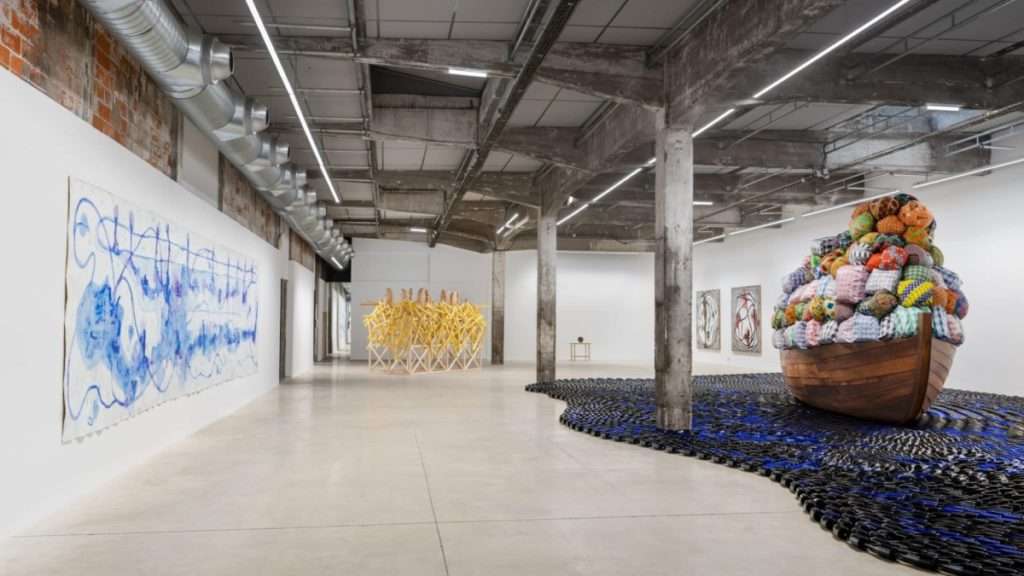Barthélémy Toguo, born in Cameroon in 1967, trained at various art schools (in Côte d’Ivoire, France and Germany), is an internationally renowned artist whose works are exhibited in numerous collections (Bibliothèque Nationale de France, Musée Rodin, Fondation Vuitton in Paris, Tate Modern in London, MoMA in New York). Named UNESCO Artist for Peace in October 2021, he is a cross-cultural, politically committed and multi-disciplinary artist who uses drawing, watercolour, painting, ink, engraving, sculpture and photography to create videos, installations and performances that question our humanity, denounce the dysfunctions of our world, and examine the inequality of opportunity and the inevitability of discrimination. Barthélémy Toguo’s work is on show at two exhibitions in Nantes, France, until autumn.
For several years now, every two years, the Musée d’Histoire de Nantes has been inviting an artist from the African continent to give his or her point of view on the objects in its collections, in order to question our view of colonial history. After Moridja Kitenge Banza in 2018 and Romuald Hazoumé in 2021, it’s Barthélémy Toguo’s turn and that of his guests (Jean-François Boqué, Rosana Paulinho, Monica Toiliye, Kara Walker, François Wassouni and Moreira Chonguiça) to add to the richness of the 2023 event, for the 3rd edition of the Expression(s) décoloniale(s) biennial. “The after-effects of our history are many and varied. Speaking not only of the past but of the present, contemporary artists are helping us to revive our shared history”, explains Krystel Gualdé, the museum’s scientific director and curator of the biennial.
Inhabiting Earth, on show until 17 September 2023 at the HAB Galerie, takes us on a journey through the work of the artist, who has chosen to bring together several monumental and emblematic works such as Road to Exile and Urban Requiem, which plunge us into the issues of exile and the violence inflicted on those who risk their lives trying to cross borders. The exhibition is completed by the presentation of Bandjoun Station, a place that combines a school of artistic creation, a cultural centre, a residence for artists and researchers from all over the world to develop proposals in tune with the local community and, finally, a farm in a spirit of sustainable and healthy development, expressing Barthélémy Toguo’s wish to see man and his body living together in harmony with nature. “My idea was to bring together classical African art and contemporary world art, to exhibit these works in the same space, without ghettoization or hierarchy of values”, he explains.
Another recent and highly eloquent work by Barthélémy Toguo is The Pillar of the Missing Migrants, designed and specially installed a few months ago in the famous Louvre pyramid in Paris, as part of the exhibition Things: A History of Still Life.
Christine Cibert.
Related Articles
- Arts and Culture
- Arts and Culture
African festivals here and there
- November 20, 2024
- Arts and Culture
- Arts and Culture
‘Hyperconnected Bodies: proposals for the Post-Anthropocene”: this is the theme of MFF-Festival 2024
- October 15, 2024
- Arts and Culture
- Arts and Culture
Unique installations at the festival, Mozambican artists in the spotlight
- October 15, 2024
- Arts and Culture
- Arts and Culture
New Narratives: immersive exhibitions between history and technology
- October 15, 2024
- Arts and Culture
- Arts and Culture
New Kids creative residency set to surprise at MFF 2024
- September 30, 2024
- Arts and Culture
- Arts and Culture
MFF transforms commercial building into a centre for ideas and creativity
- September 30, 2024
- Arts and Culture
- Arts and Culture
When art makes a noise in Landerneau:
- September 9, 2024
- Arts and Culture
- Arts and Culture
Exhibition brings together 25 artists who challenge current narratives
- August 27, 2024



